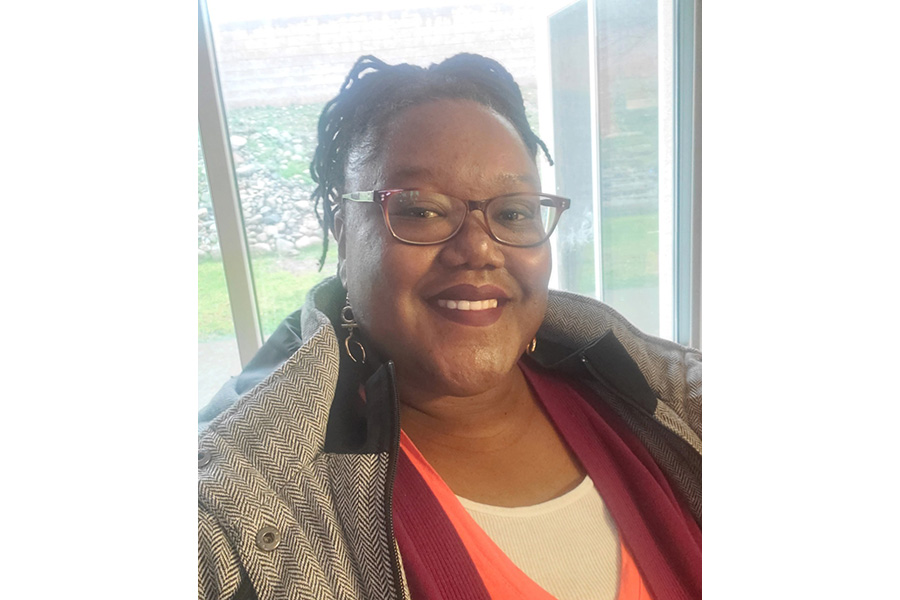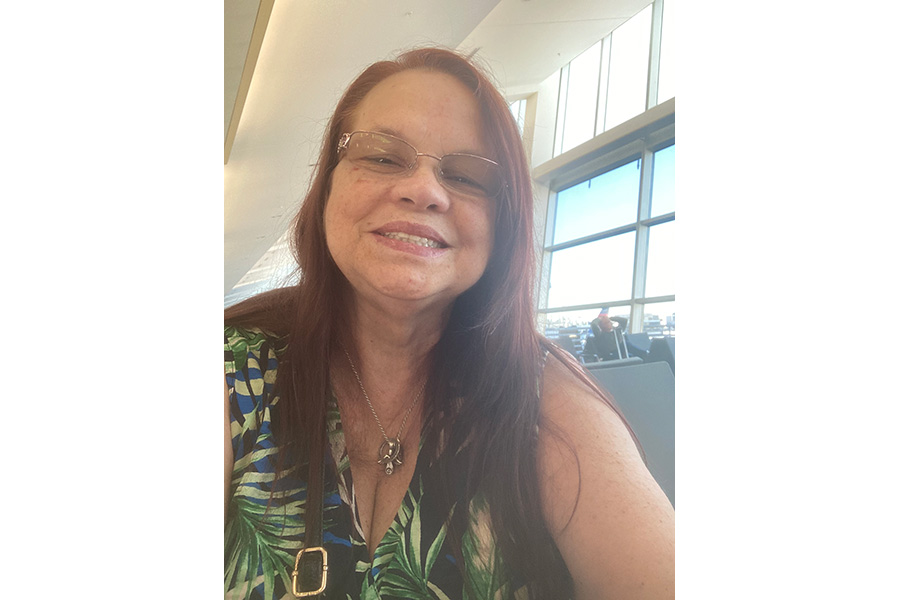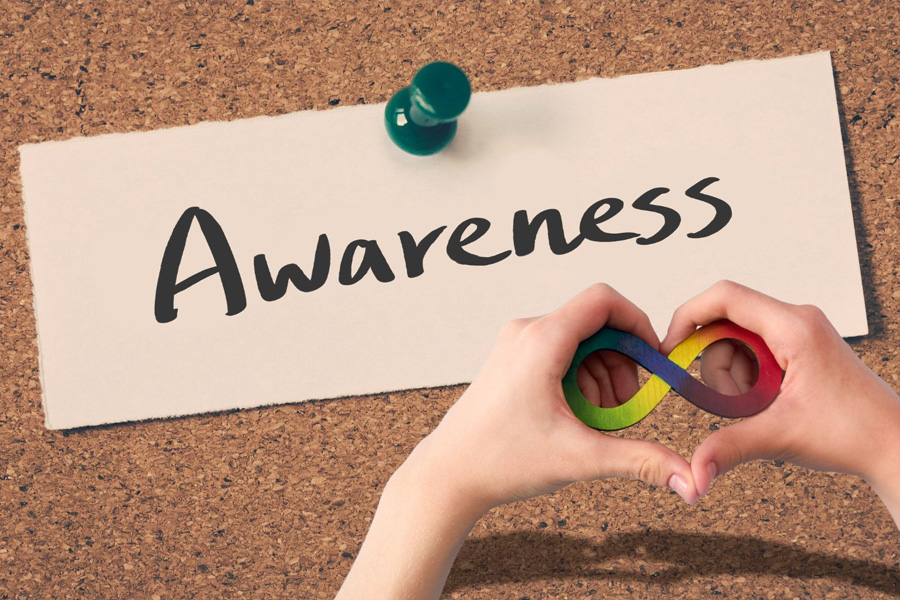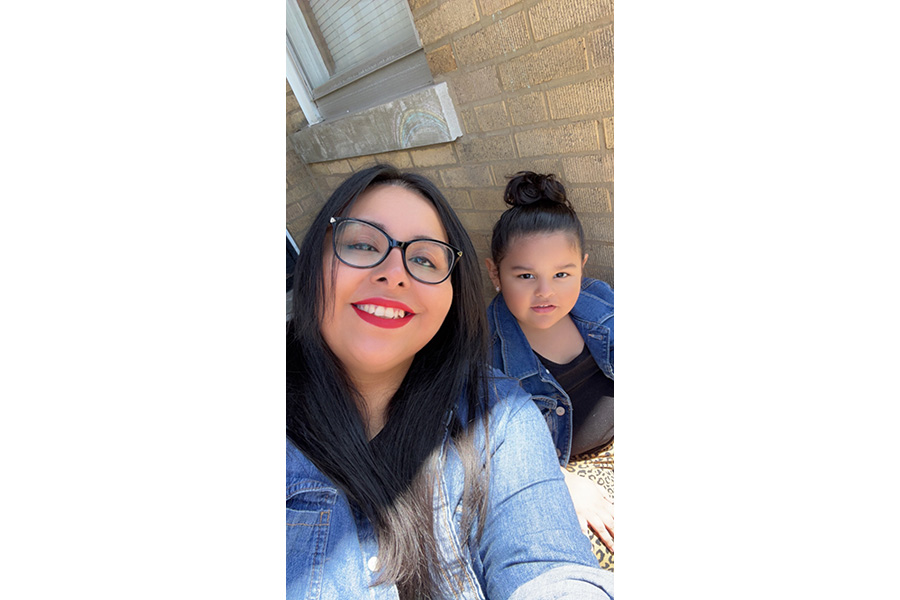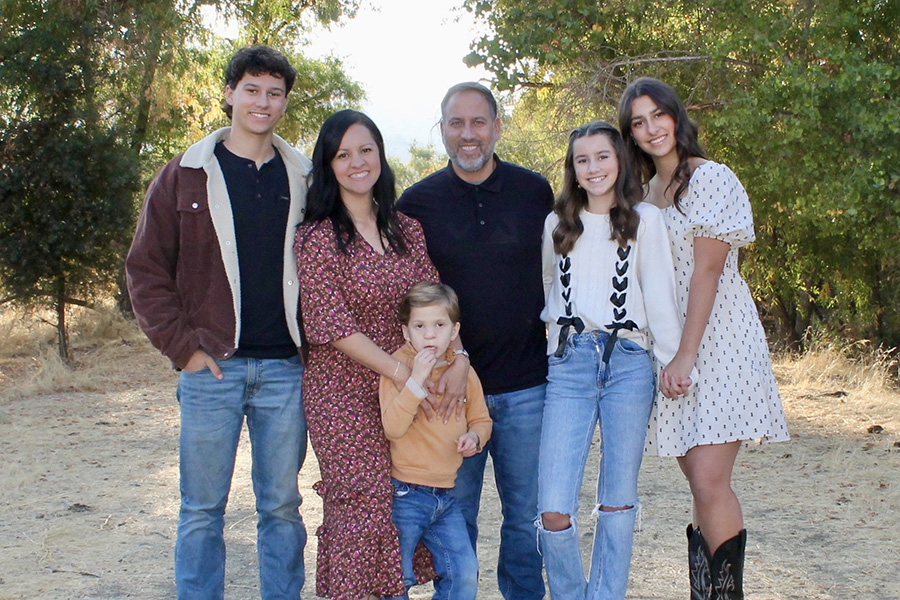I read an article recently on the Swedish concept of kärt besvär. Kart means “dear or cherished” and besvar means “pain,” so loosely translated it describes cherishing the painful moments in life. The article listed several examples including the specific pain of paying a bill while also being grateful that you have the money to do so. Basically, the goal is to find joy even in the midst of discomfort.
My son Charlie was born with a rare syndrome that caused his tongue to be enlarged. A tracheotomy allowed him to graduate from the intensive care and come home after ten long weeks. However, eating was never easy for him. A bottle took forty-five minutes and was accompanied by tears and exhaustion on both our parts. Slowly, time crept up, forty-five minutes turned into an hour. An hour turned into almost two, until out day was nothing but a battle with the bottle. This lasted six months.
I have only a hazy memory of that time. Trauma does that to you. But one image is so clear and visceral that it could have been yesterday. Charlie had finally finished eating. I laid him down in his crib, his cheeks blotchy and eyes red-rimmed as he collapsed into a much-deserved nap. Then I walked outside to our deck and lowered myself onto the steps. The August sun was too hot, too bright. The birds were too loud, too happy. I burst into tears and not the kind that leak gracefully from the corner of your eye. These were heaving sobs along with snot, which I wiped on my t-shirt. Everything in me hurt. My back hurt from hunching over his tiny body. My stomach hurt from clenching with tension as I monitored every milliliter of milk he did not take. My head hurt from lack of sleep. But my heart hurt the most — for the time we were losing to this fight we were not winning.
Finding joy in the pain was simply not possible. It was only pain. I would argue that that is okay, necessary even. To try to force yourself to “cherish the moment” is to add a layer of unneeded guilt. On a basic, fundamental level, we can only process so much at once. I had to feel that sadness and heartache without sifting through it for bits of golden goodness. I had to mourn that hard season without telling myself to look for the silver lining. To put it simply, I needed to wallow. So I did. I cried hard for as long as it took. Then I wiped my nose on my shirt again, stood up, stretched my back, and went inside to check on my sleeping boy.
Kärt besvär is a nice idea – that zen state of perfect balance. But it’s a lot like the myth of multitasking. We end up doing all the things only half as well. We need to feel the hard feelings, really sink into them, before we can climb out again. To make yourself look on the bright side of every situation is to do a disservice to the spectrum of human emotion. It sends a message to your psyche that sad is bad. But sad isn’t bad. It’s part of life. Grief, sadness, anger – these are all as valid as joy, happiness and peace. Let each emotion have its moment.

Jamie Sumner is a special needs mom and author.
Jamie-Sumner.com
Author of the middle-grade novels:











